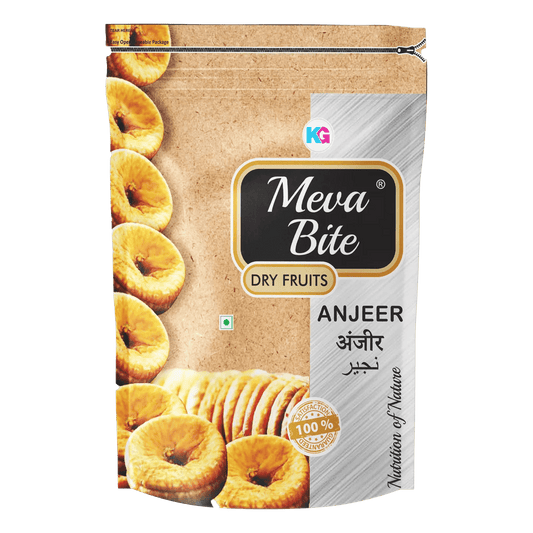The cashew tree gives us not one but two unique products—the juicy cashew apple and the crunchy cashew nut. While most people know the nut, the apple is equally fascinating and rich in nutrients. Let’s explore the differences, nutrition, and health benefits of both.
What’s the difference between a cashew apple and a cashew nut—do they come from the same fruit?
Short Answer: Yes, both come from the same tree. The cashew apple is the swollen stalk, while the nut grows in a shell attached to the bottom of the apple.
Detailed Answer:
- Botanical Relationship: The cashew apple is a pseudo-fruit, while the true fruit is the kidney-shaped nut attached below.
- Harvesting: Farmers harvest both — apples for local consumption and nuts for global trade.
- Texture & Taste: The apple is juicy, tangy-sweet, while the nut is crunchy and rich.
-
Processing: Apples can be eaten fresh or juiced, but nuts require careful roasting to remove toxins from their shells.

Which one is more nutritious—the juicy cashew apple or the crunchy cashew nut?
Short Answer: Cashew apples excel in vitamin C and fiber, while cashew nuts are richer in protein, healthy fats, and minerals.
Detailed Answer: Both are nutritious in different ways:
| Nutrient | Cashew Apple (per 100g) | Cashew Nut (per 100g) |
|---|---|---|
| Vitamin C | 200–260 mg | 0 mg |
| Fiber | 4–5 g | 3 g |
| Protein | 0.5 g | 18 g |
| Healthy Fats | 0.1 g | 44 g |
| Magnesium | Low | 292 mg |
- Cashew Apple: Rich in vitamin C, antioxidants, and hydration, making it great for immunity and skin health.
- Cashew Nut: Packed with protein, healthy fats, and minerals that support heart health and energy.
- Conclusion: Both complement each other—apples provide freshness and immunity, while nuts provide long-lasting energy.
Can I eat cashew apples raw, or are they only used in juices and local recipes?
Short Answer: Yes, you can eat cashew apples raw, but they are also widely used in juices, fermented drinks, and traditional recipes.
Detailed Answer:
- Raw Consumption: They can be eaten raw, but some people find the taste too astringent.
- Juices: Cashew apple juice is popular in India, Brazil, and parts of Africa.
- Fermented Drinks: Used to make local beverages like feni in Goa, India.
- Cooking: Added in chutneys, jams, and traditional dishes.
Are there any health benefits unique to cashew apples that cashew nuts don’t offer?
Short Answer: Yes, cashew apples are uniquely high in vitamin C, offering immune-boosting, anti-inflammatory, and digestive benefits not present in cashew nuts.
Detailed Answer:
Why are cashew apples less popular or harder to find than cashew nuts — are they seasonal or perishable?
Short Answer: Cashew apples are highly perishable and seasonal, which makes them less popular than the globally traded cashew nut.
Detailed Answer:
- Perishability: Cashew apples spoil within 24–48 hours after harvest, limiting transport and storage.
- Seasonality: Available only during harvest seasons (March–May in India).
- Market Demand: Nuts have longer shelf life and higher international demand, making them more commercially viable.
- Regional Use: Apples are consumed locally in producing regions but rarely exported.
Conclusion
The cashew tree is truly a gift of two treasures. The cashew apple shines with vitamin C and hydration benefits, while the cashew nut offers protein, healthy fats, and minerals. Though apples remain local and seasonal, nuts dominate the global market. Together, they represent a perfect balance of freshness and nourishment.






